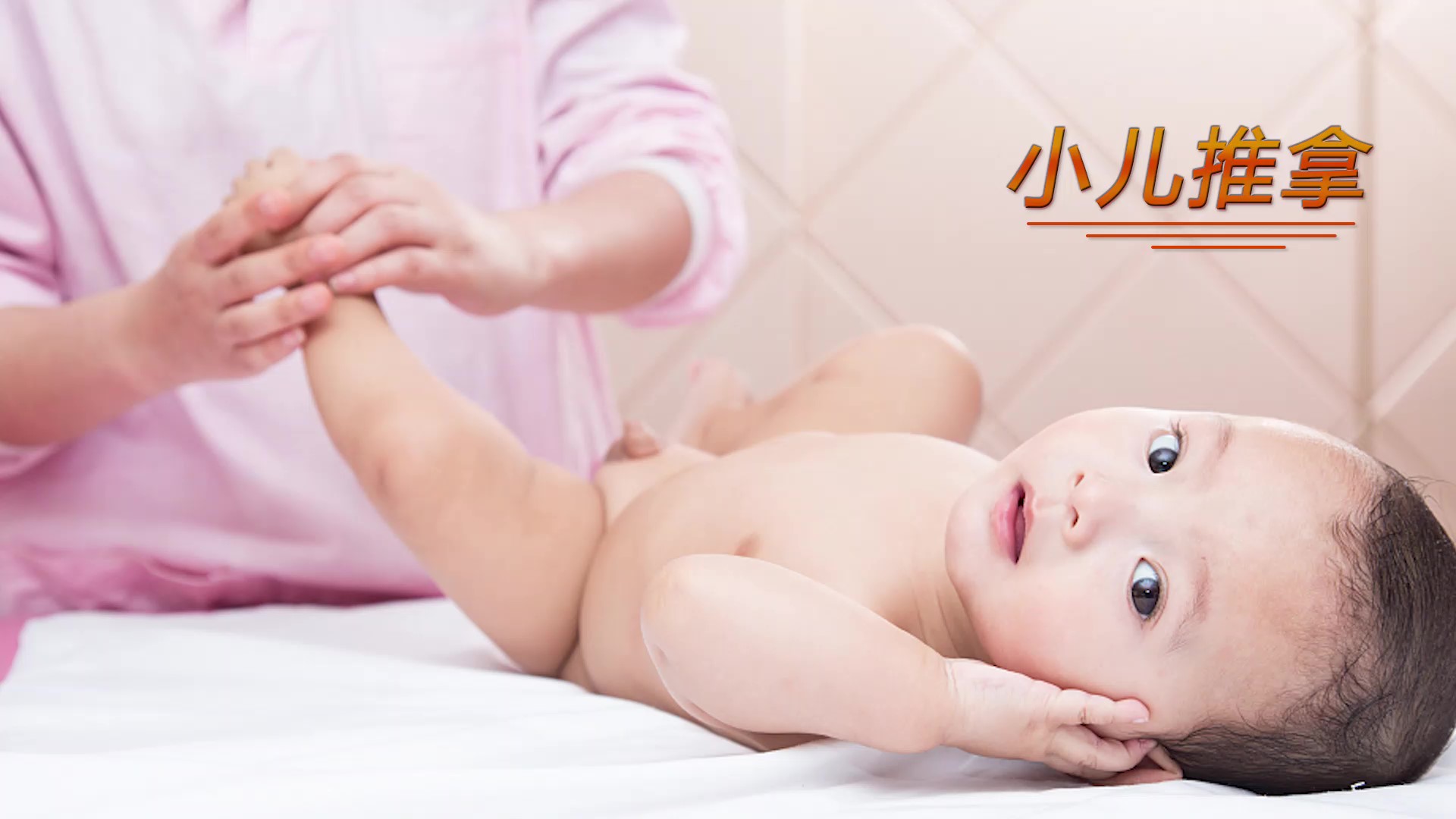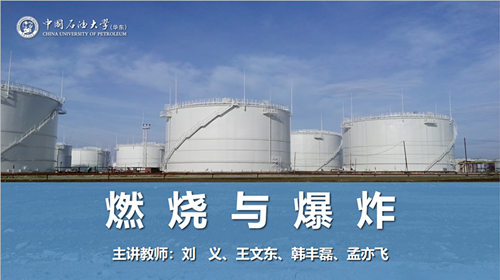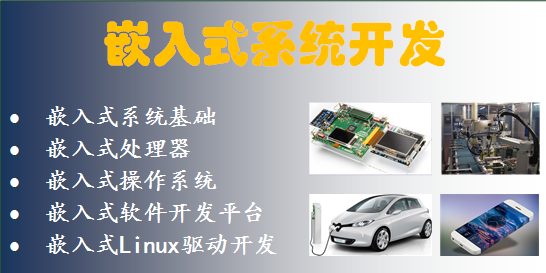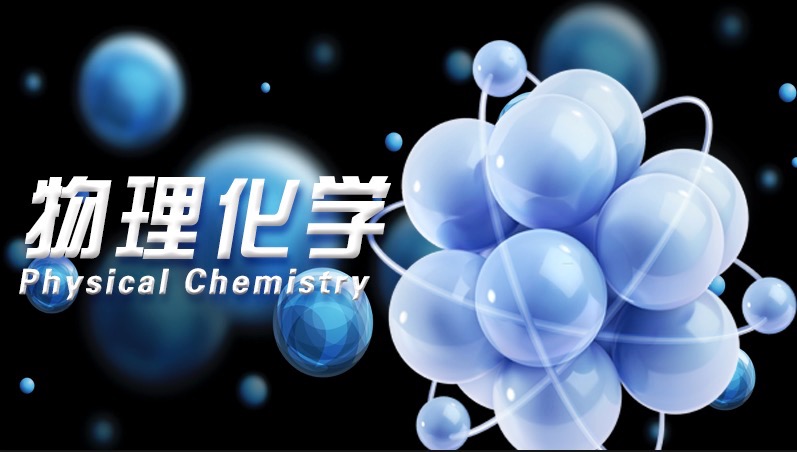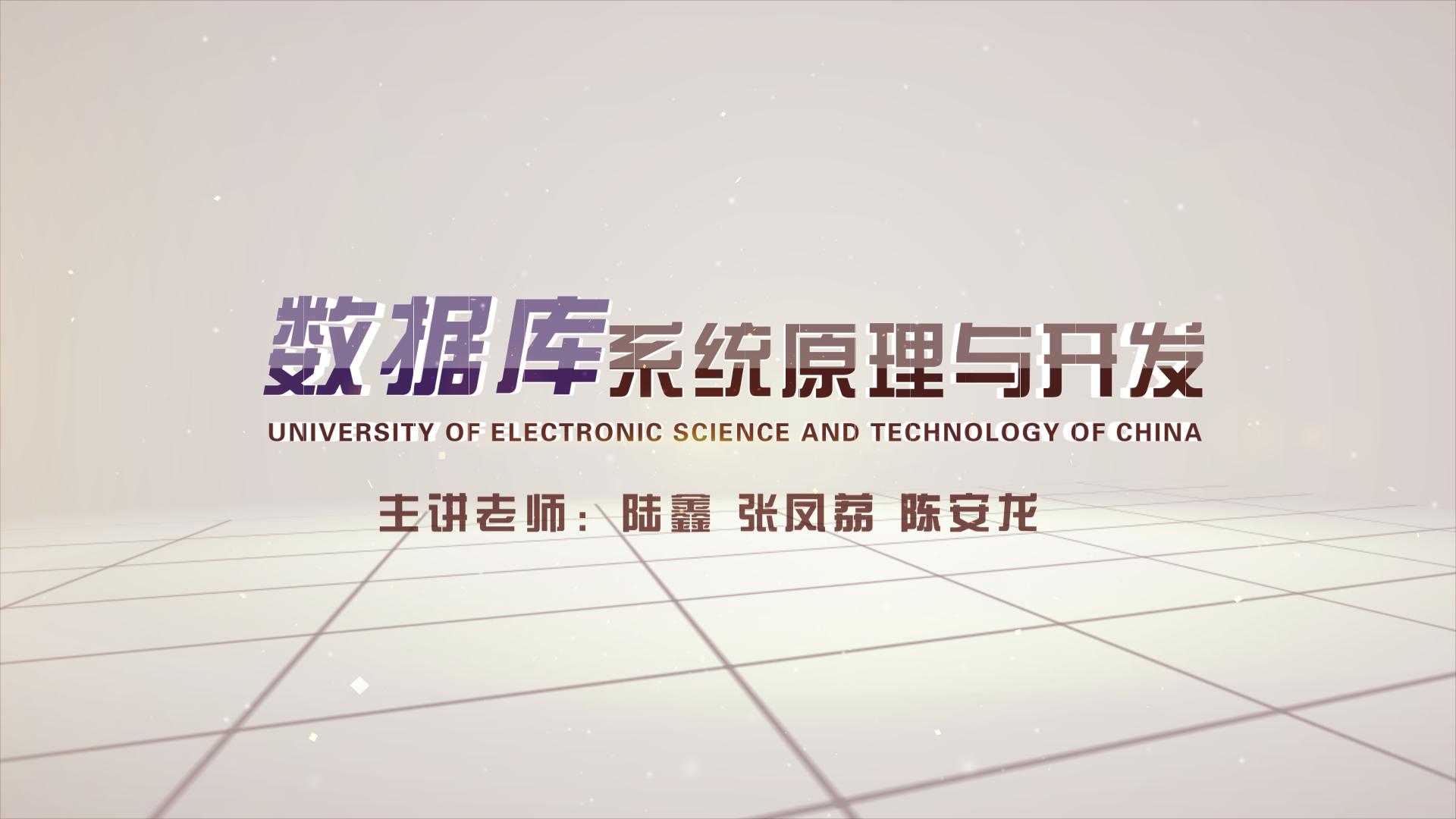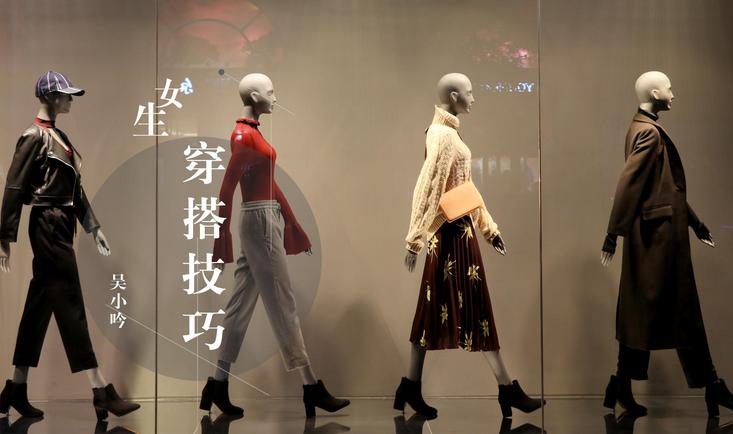
当前课程知识点:Chinese Ceramics > Unit 13 Zisha---the Taste of tea > 13.1 Zisha-pottery > 13.1 Zisha-pottery
返回《Chinese Ceramics》慕课在线视频课程列表
这个茶壶真好
这是一位大师手工制作的紫砂壶
邱教授,什么是紫砂壶呀
紫砂壶是中国特有的手工制造陶土工艺品
据说紫砂壶的创始人是中国明朝的供春
其制作始于明朝正德年间
它好精致啊!一定很贵吧
是的,紫砂壶是具有收藏价值的古董
名家大师的作品往往一壶难求
那么紫砂壶的原料是什么呢
制作原料为紫砂泥
原产地在江苏宜兴丁蜀镇
因此其又名宜兴紫砂壶
一些古代文人会在壶上作画写诗
这也使紫砂壶有了一丝文人气息
我很喜欢它
大家好,今天我们讲讲茶之紫砂
江苏的宣兴窑历史悠久
传说始自越国大夫范蠡
赵国的一个高官
他以在此地作陶致富
人称“陶朱公”
从前宜兴窑的窑户都奉他为“陶祖”
而考古发掘证明
早在新石器时代当地就已开始烧制陶器了
宜兴所产陶器闻名于世
则是在明代以后
其中享有盛名的是
蜀业镇一带出产的素胎紫砂陶器
从文献上看
早在北宋时期
即已有所谓的“紫泥”器物出现
可见其制作历史相当久远
此种陶器胎质细腻
含铁量高达9%
在1200℃左右的高温下烧成
呈赤褐、紫红或黑紫色
密质硬度都很好
所用原料为宜兴当地特产紫、红色泥
紫砂泥是一种高可塑性粘土
有比较好的成型性能
可以制作茶具、文具、酒具
烟具、花盆等日用器皿
有较好的实用功能
紫砂器不挂釉
在600倍的显微镜下
可以观察到它的双重气孔
胎体有较强的吸水性
有良好的吸附气体性能和透气性
现代的研究成果证明
紫砂器
透气不透水
有保持茶香
和种花不烂根的特性
早期的紫砂器主要是壶、罐两大品种
胎质较粗
制品不精
只在民间做煮水、煮茶之用
而后才被上层社会
选用作茶具和雅玩
约在17世纪后期
紫砂壶的造型
在方、圆两大型系之外
逐渐出现了极富自然情趣的“花果”象生型
深受文人、茶客的青睐
这些自然形象造型的紫砂器传世品中有南瓜壶
树樁壶、断松壶、竹方壶
秋葵壶、佛手壶
田螺杯、荷叶盂等
在造型上
将视觉的美感与器物的功用糅合在一起,颇具匠心
一个漂亮的设计功能,可能不仅仅是看上去那么简单
这种雅玩
有蔬菜、瓜果、笋竹
虫螺、鸟兽等几大类
以明代两位紫砂名家陈鸣远
做的“东陵瓜壶”和邵大亨做的
“束竹八卦纹紫砂壶”最为世人称道
说到茶具,唐代以前
茶器与食器是不分的
随着饮茶风气的盛行
茶器
日趋工巧
唐代末年
出现了饮茶最理想的器具—紫砂壶
紫砂壶的产地宜兴
位于苏
浙、皖三省交界处,地处太湖之滨
在唐代,这里已是著名的产茶基地
许多名茶
年年进贡皇宫
紫砂陶器的兴起
和发展是和茶叶产地
饮茶风尚、煮茶方法以及茶具的相应变化
密不可分的
可以说,正是从宋代开始
将茶作为饮料的普及
与文人土大夫阶层崇尚饮茶之风
直接刺激和推动了紫砂茶具的成熟
宜兴紫砂茶具
从北宋开始兴起
到明代
造壶名家辈出
造型奇巧
装饰大方的宜兴紫砂壶广为流行起来
紫砂壶之所以在明代以后名扬天下
显然也与饮茶风气有关
当时由团茶改为散茶
开始以水冲泡茶
再用小盏泡茶
不利保温和清洁
因此改用茶壶
特别是明中期以后
随着茶饮方式的改变
人们对荼
“色、香、味”的要求也越来越高
对壶的评价也是
“宜小不宜大,宜浅不宜深”
紫砂壶的造型
向小巧玲珑、朴素典雅的风格发展
追求“壶妙茶香”的
艺术境界
由于不少文人雅士
直接参与紫砂壶的
设计和制作
小小茶壶集
诗文、书画
篆刻、雕塑于一体
因而具有了很高的艺术价值和文化价值
每一件紫砂壶的问世
无不将人的爱好、情趣甚至生活态度注入其中
爱茶的人,大都喜好把玩茶壶
出自名家之手
做工精良的宜兴紫砂壶
相当名贵,价比黄金
“藏壶”或“养壶”至今仍被视作一种高雅的习惯
今天课就到这里
谢谢观看,下次再见
-1.1 Introduction
-1.2 Ceramics in Neolithic, East Han and Wei-Jin Dynasties
--Ceramics in Neolithic, East Han and Wei-Jin Dynasties
-1.3 Sui and Tang dynasties and Song Dynasty ceramics
--Sui and Tang dynasties and Song Dynasty ceramics
-1.4 Ming and Qing Dynasties
-Unit 1 test
--Unit 1 test
-Discussion questions
-2.1 The Unique Chinese Ceramic Culture
--The Unique Chinese Ceramic Culture
-2.2 The Historical Development of Chinese Ceramic Making
--The Historical Development of Chinese Ceramic Making
-2.3 Chinese Ceramic Shape Art
-2.4 Chinese Ceramic Painting Art
--Chinese Ceramic Painting Art
-2.5 Chinese Ceramic Folk Stories
--Chinese Ceramic Folk Stories
-Unit 2 test
--Unit 2 test
-Discussion questions
-3.1 CeramicCulture and the Zodiac
--CeramicCulture and the Zodiac
-3.2 The heritage of traditional ceramic culture
--The heritage of traditional ceramic culture
-3.3 The development and innovation of ceramic art
--The development and innovation of ceramic art
-Unit 3 test
--Unit 3 test
-Discussion questions
-4.1 Gorgeous Colored Pottery
-4.2 The Method of Making Colored Pottery
--The Method of Making Colored Pottery
-4.3 Primitive Colored Pottery Ⅰ
-4.3 Primitive Colored Pottery Ⅱ
-4.3 Primitive Colored Pottery Ⅲ
-4.4 Black Earthenware
-4.5 White Pottery and Primitive Porcelain
--White Pottery and Primitive Porcelain
-Unit 4 test
--Unit 4 test
-Discussion questions
-5.1 Terracotta Warriors in Qin Dynasty
--Terracotta Warriors in Qin Dynasty
-5.2 Potteries in Han Dynasty
-Unit 5 test
--Unit 5 test
-Discussion questions
-6.1 Dragon kiln and Celadon
-6.2 Yue Kiln and Wuzhou kiln
-6.3 Deqing Kiln and Ou kiln
-6.4 Longquan Wares
-6.5 Yaozhou Wares
-Unit 6 test
--Unit 6 test
-Discussion questions
-7.1 Tang Tri-Colored Pottery
--7.1 Tang Tri-Colored Pottery
--7.1 Tang Tri-Colored Pottery
-7.1Tang Tri-Colored Pottery
--7.1 Tang Tri-Colored Pottery
--7.1 Tang Tri-Colored Pottery
-Discussion questions
-Unit 7 test
--Unit 7 test
-8.1 The flourishing age of the Song Dynasty
--8.1 The flourishing age of the Song Dynasty
-8.2 The flourishing age of the Song Dynasty
--8.2 The flourishing age of the Song Dynasty
-8.3 Ding Wares
-8.4 Ru Wares
-8.5 Guan Wares
-8.6 Ge Wares
-8.7 Jun Wares
-Discussion questions
-Unit 8 test
--Unit 8 test
-9.1 Reasons for the maturity of Qinghua porcelain in Yuan Dynasty
--9.1 Reasons for the maturity of Qinghua porcelain in Yuan Dynasty
-9.2 The Invention of Blue-and-white Porcelain in the Tang Dynasty
--9.2 The Invention of Blue-and-white Porcelain in the Tang Dynasty
-9.3 Fine China Ware became the Symbol of ChinaⅠ
--9.3 Fine China Ware became the Symbol of ChinaⅠ
-9.3 Fine China Ware became the Symbol of ChinaⅡ
--9.3 Fine China Ware became the Symbol of ChinaⅡ
-9.3 Fine China Ware became the Symbol of ChinaⅢ
--9.3 Fine China Ware became the Symbol of ChinaⅢ
-9.4 The charm of QinghuaⅠ
-9.4 The charm of QinghuaⅡ
-9.4 The charm of QinghuaⅢ
-Discussion questions
-10.1 Da Ming Wucai
-10.2 Wooden engravings influence on Wucai porcelain
--10.2 Wooden engravings influence on Wucai porcelain
-10.3 Kangxi Wucai
-10.4 Liling Under-glaze multicolored porcelainⅠ
--10.4 Liling Under-glaze multicolored porcelainⅠ
-10.4 Liling Under-glaze multicolored porcelainⅡ
--10.4 Liling Under-glaze multicolored porcelainⅡ
-Discussion questions
-11.1 The advent of Fencai
-11.2 Fencai Porcelain in the Yong zheng period
--Fencai Porcelain in the Yong zheng period
-11.3 Fencai Porcelain in the Qianlong Period
--Fencai Porcelain in the Qianlong Period
-Discussion questions
-13.1 Zisha-pottery
-13.2 The Zisha Teapot
-13.3 The Zisha tea set in the Ming Dynasty
-Discussion questions
-14.1 Development of Contemporary Chinese ceramic art
--14.1 Development of Contemporary Chinese ceramic art
-14.2 The internationalization trend of Chinese modern ceramics
--14.2 The internationalization trend of Chinese modern ceramics
-14.3 A new style of contemporary ceramic art Ⅰ
--14.3 A new style of contemporary ceramic artⅠ
-14.3 A new style of contemporary ceramic art Ⅱ
--14.3 A new style of contemporary ceramic art Ⅱ
-14.4 The Trade of the Artisans Ⅰ
--14.4 The Trade of the Artisans Ⅰ
-14.4 The Trade of the Artisans Ⅱ
--14.4 The Trade of the ArtisansⅡ
-Discussion questions
-15.1 Unique Cloisonné technique
--15.1 Unique Cloisonné technique
-15.2 The Craftsmanship and Development of Cloisonné
--15.2 The Craftsmanship and Development of Cloisonné
-15.3 The Problems Facing the Inheritance of Cloisonné
--15.3 The Problems Facing the Inheritance of Cloisonné
-15.4 The inheritance and development of Cloisonné
--15.4 The inheritance and development of Cloisonné
-Unit 15 Test
--Unit 15 Test
-Discussion questions
-16.1 Appreciation of Chinese ceramics
--16.1 Appreciation of Chinese ceramics
-16.2 Explore the origins of ancient ceramics Ⅰ
--16.2 Explore the origins of ancient ceramics Ⅰ
-16.2 Explore the origins of ancient ceramics Ⅱ
--16.2 Explore the origins of ancient ceramics Ⅱ
-Unit 16 Test
--Unit 16 Test
-17.1 Traditional Chinese Decorative Patterns
--17.1 Traditional Chinese Decorative Patterns
-17.2 Application of Traditional Chinese decorative patterns in ceramics
--17.2 Application of Traditional Chinese decorative patterns in ceramics
-Unit 17 Test
--Unit 17 Test
-Discussion questions
